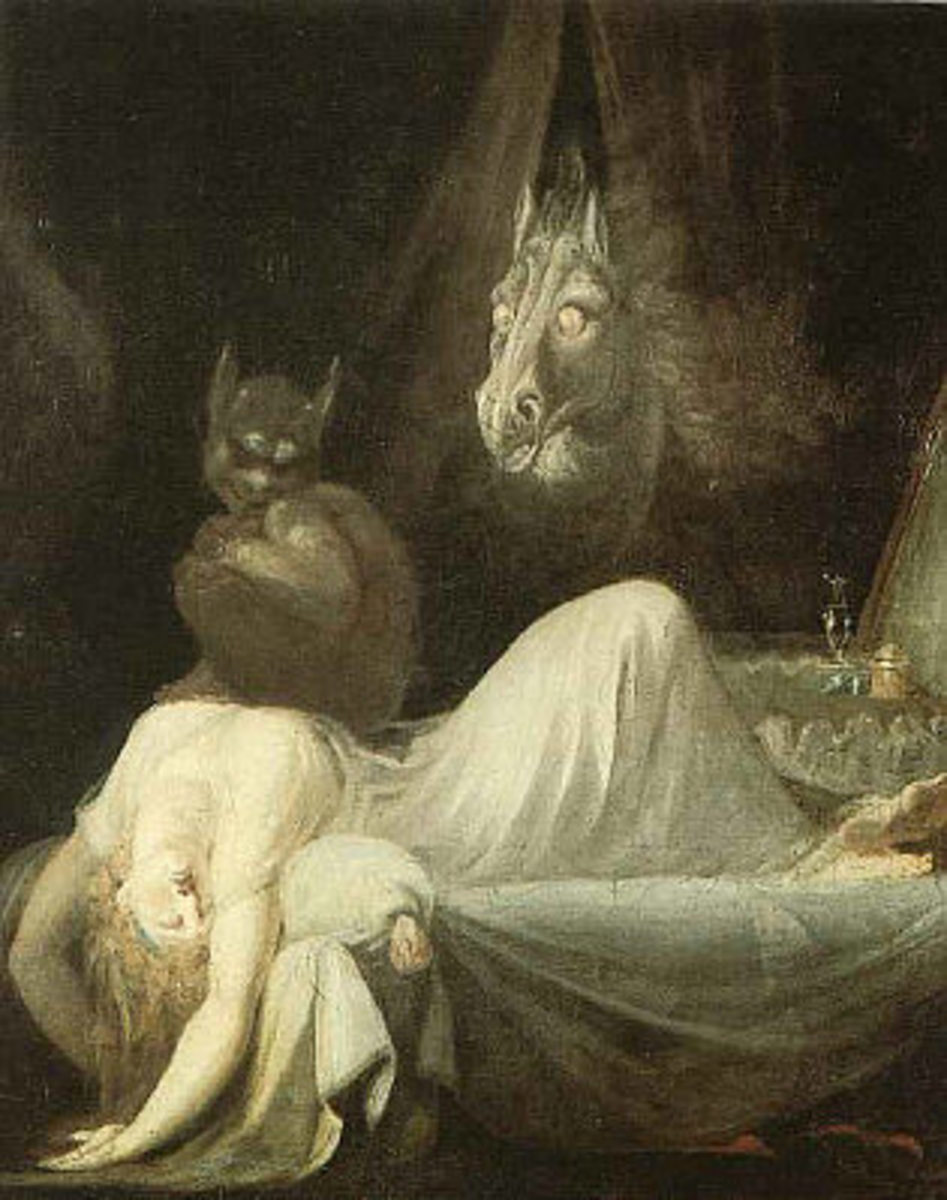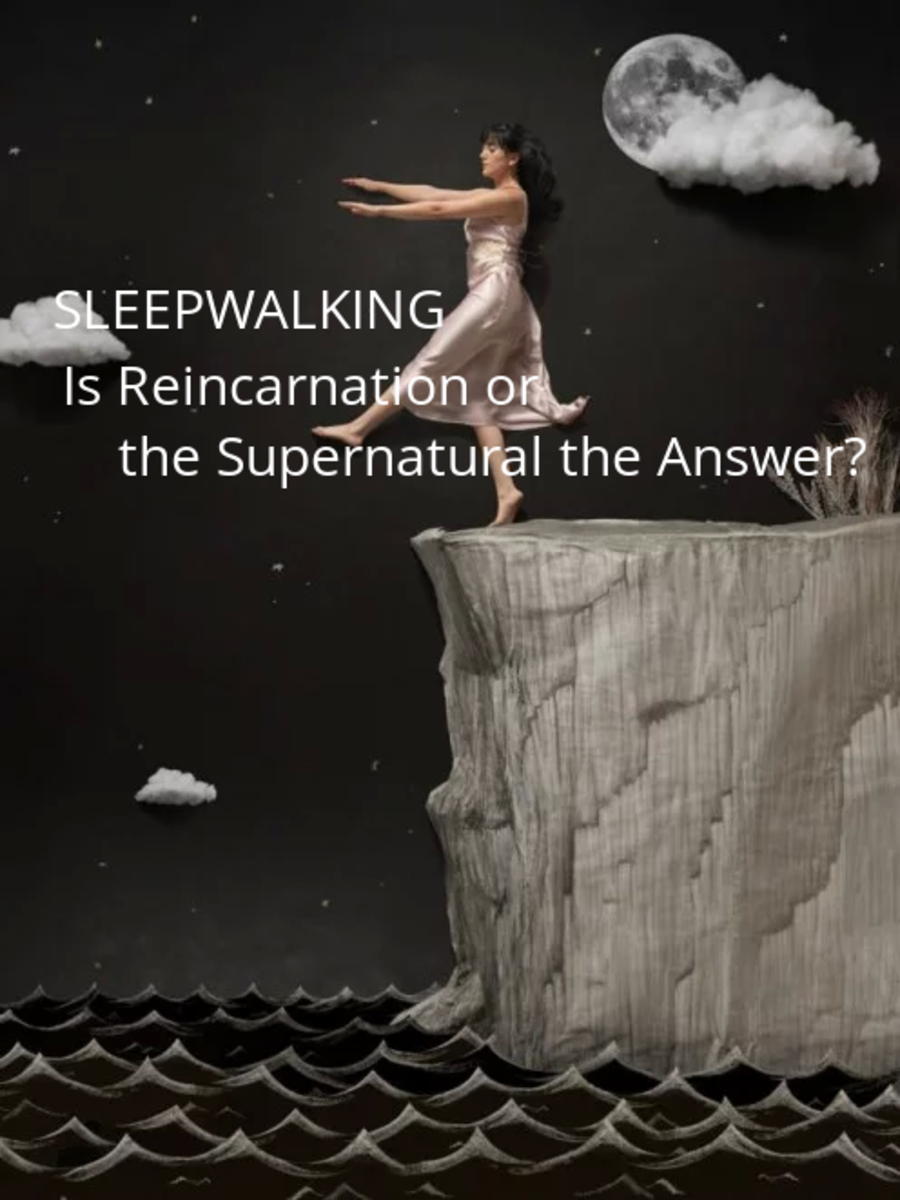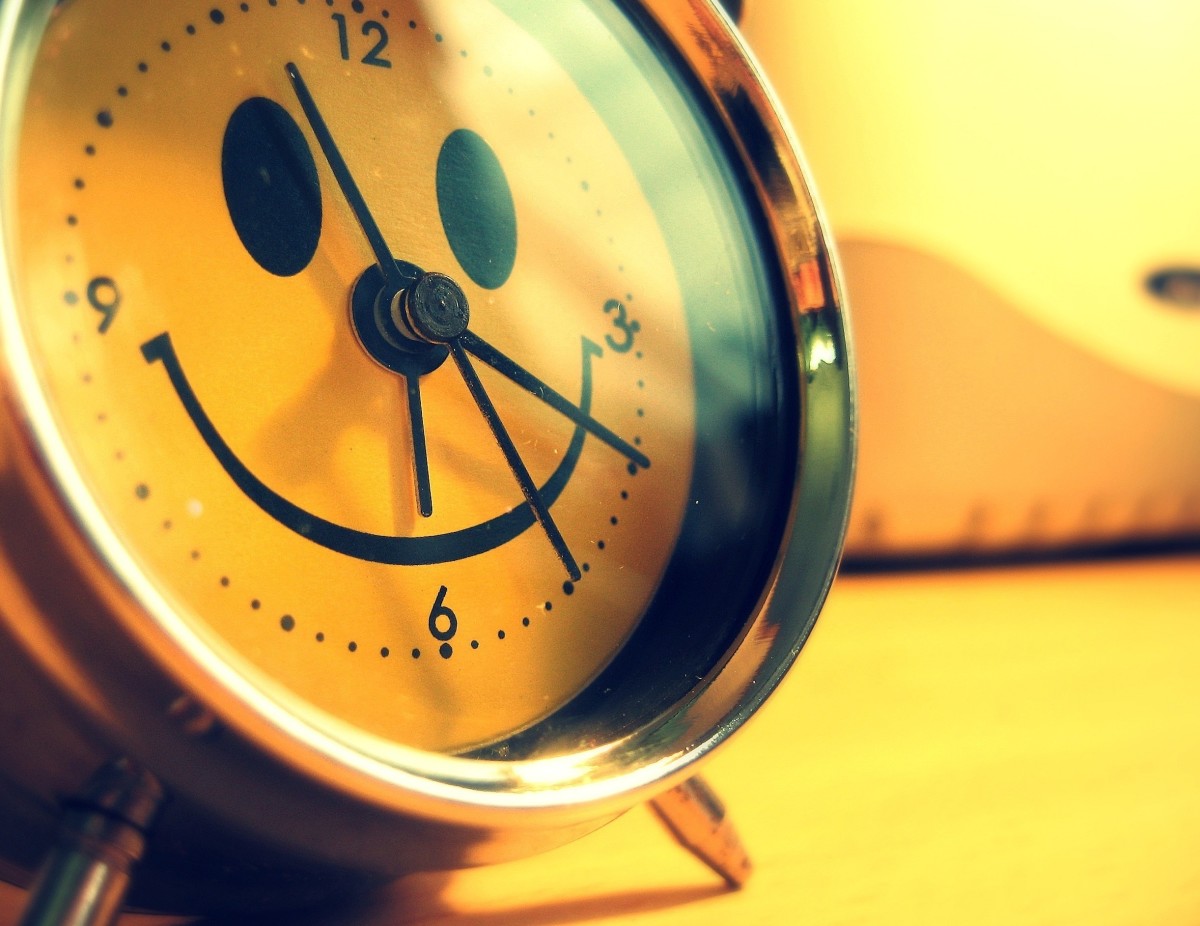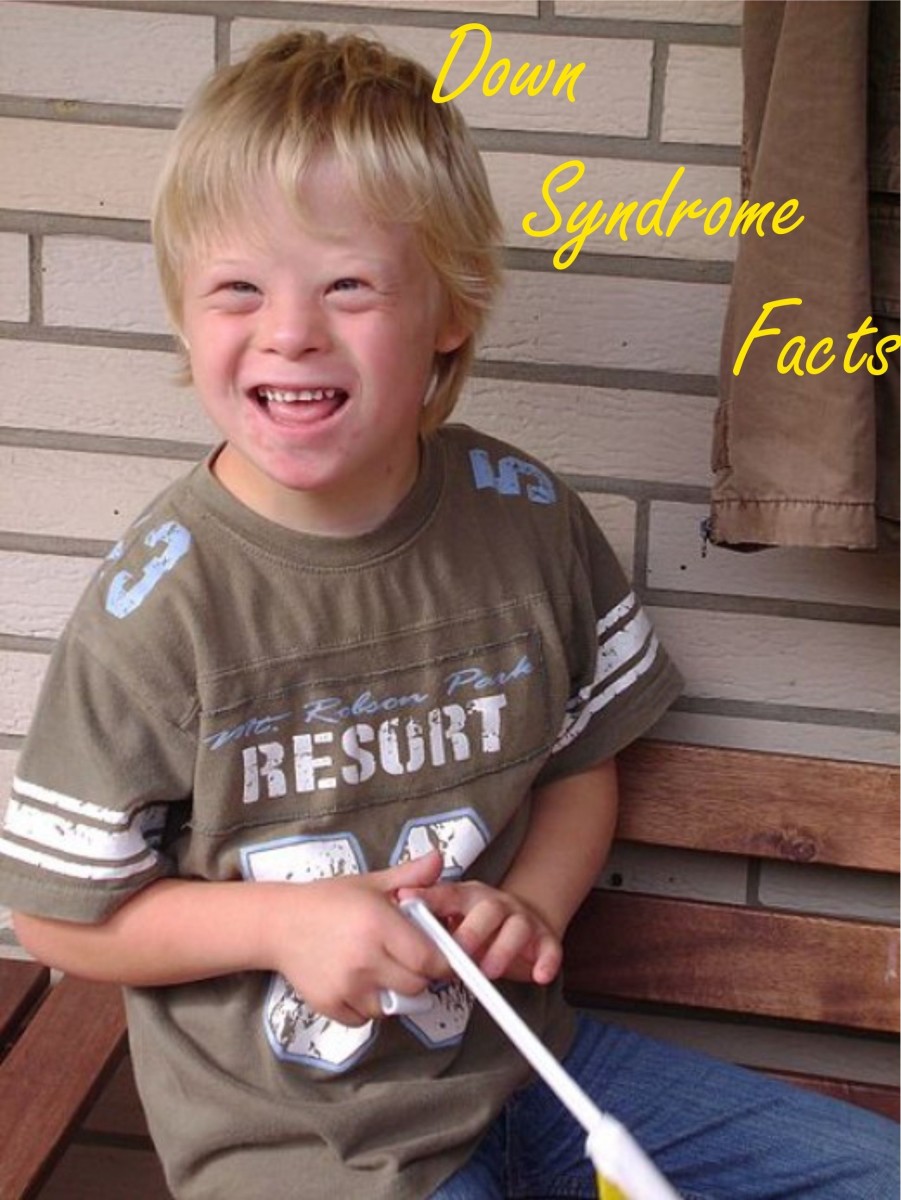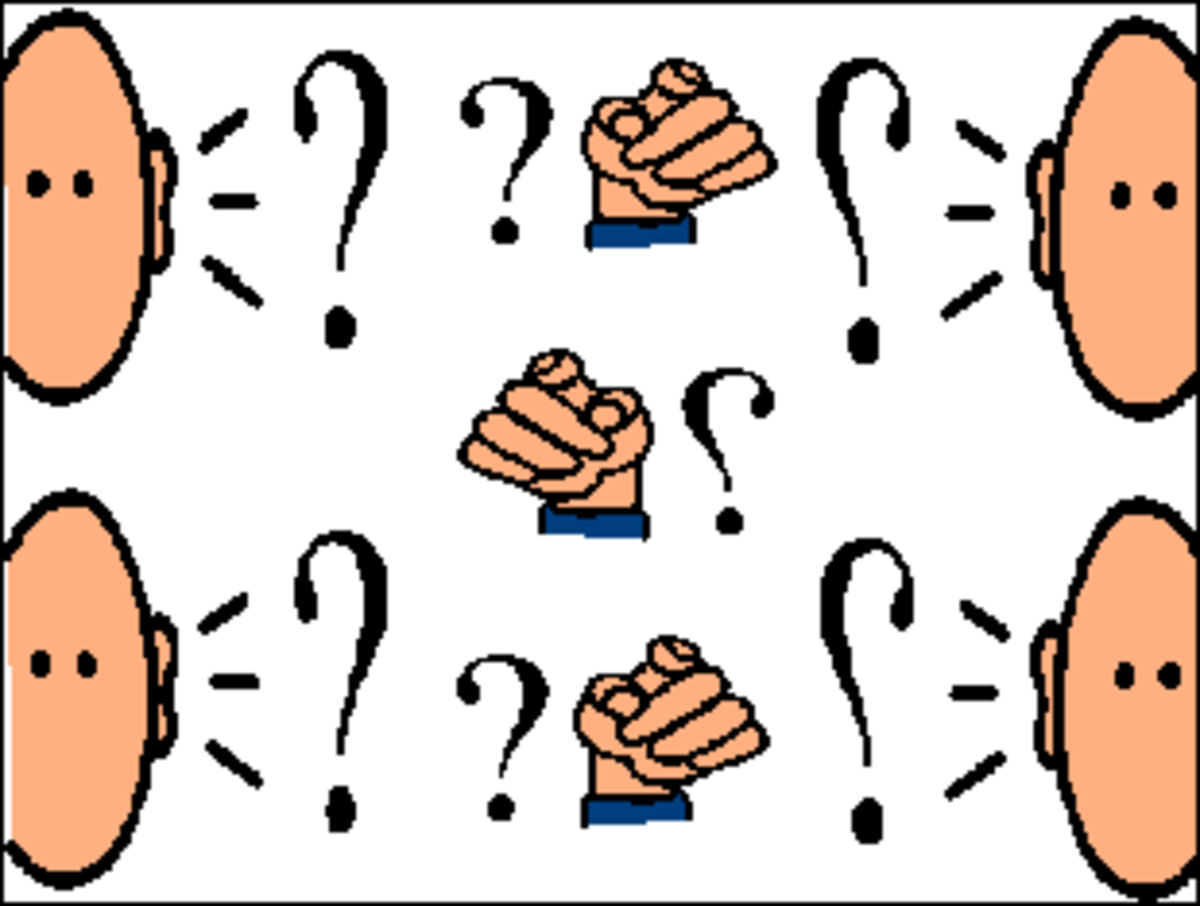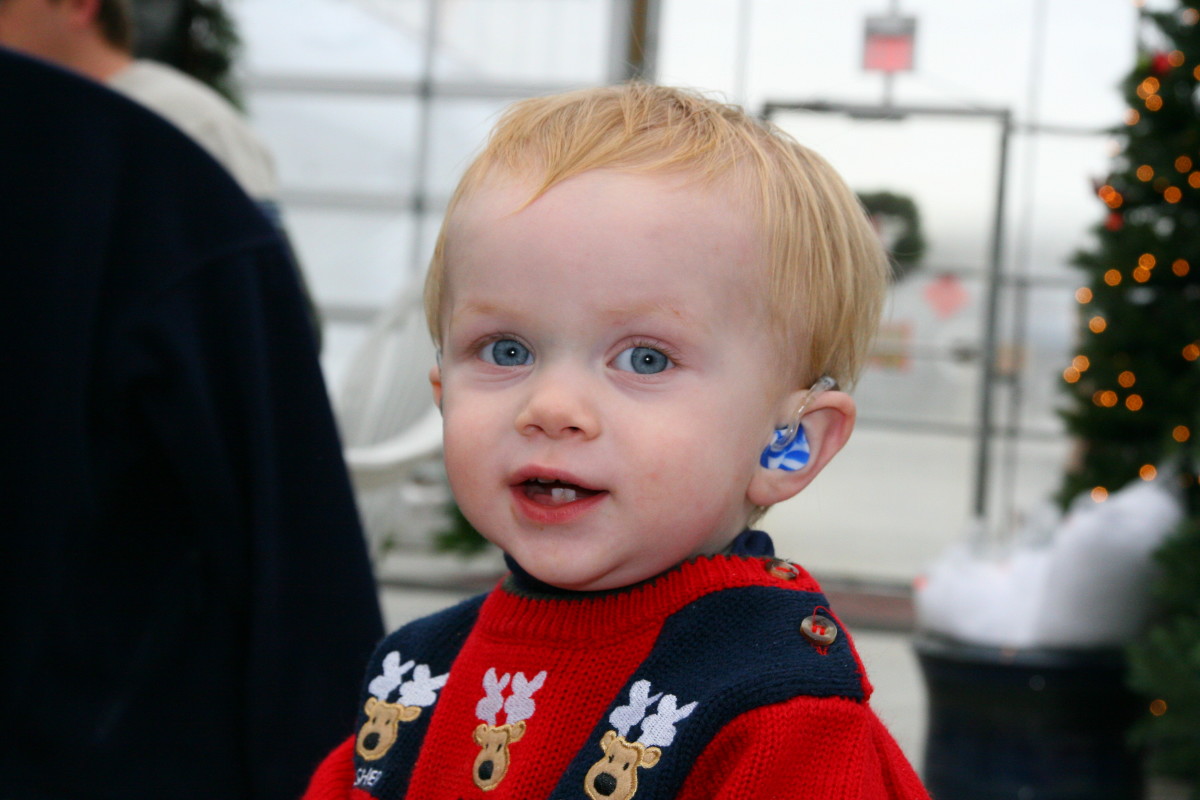How Much Sleep Should Children Have?
What is Normal Sleep Physiology
Not many of us really know about the normal physiology of child sleep. Many mothers would not have a clue particularly new Moms. You can put a lot of time in looking for solutions to urge your child to sleep more and go to bed early. However, there is not a lot of information available that had a look at sleep along these lines. The science of sleep needs to be taught to all parents because it is essential for parents to find out about the actual effects of bad sleeping patterns in children.
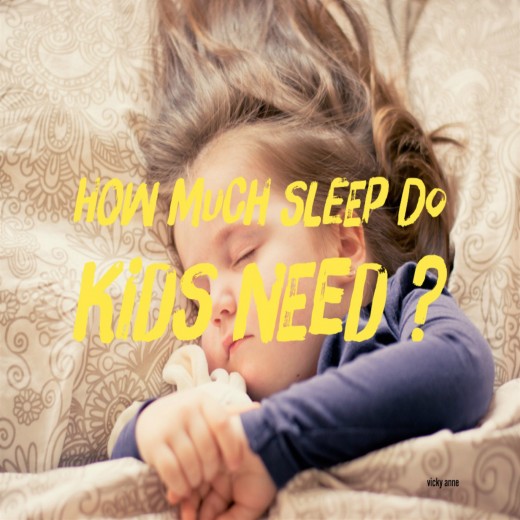
Science Of Sleep
It would be useful if all parents also took a class covering the basics of sleep for the first few years of life. It would be invaluable if they were taught what to expect realistically at each age and given an explanation of why their child behaves in certain ways. Sleep is as vital to our survival as food and water but most people know far more about the latter two topics. The more you educate yourself on the science of sleep the more you are able to help yourself and your children in your own unique family situation. Sleep is essentially a chemically controlled process. That is not to say the basic building blocks of sleep are chemical ones. At the base of your brain are a section called the brain stem which connects your brain and spinal cord? The brain stem is often referred to as the primitive or reptilian part of the brain as it resembles the unsophisticated primitive brain of a reptile. The brain stems along with a section of the brain called the hypothalamus which is responsible for what is known as homeostasis or basic life support functions such as breathing and most importantly sleeping.
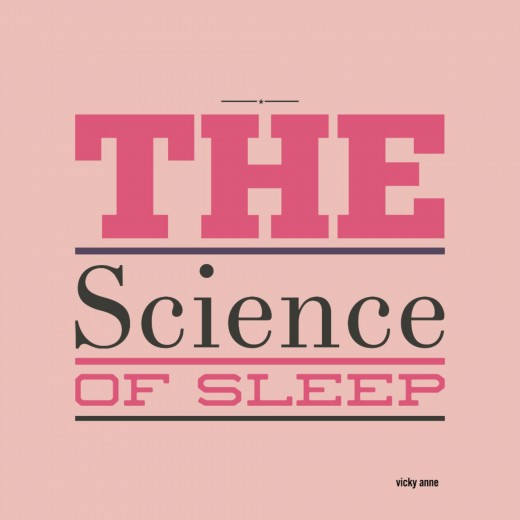
How Much Sleep Should Children Have
I am certain that you have seen several tables indicating how many hours of daytime and night time sleep your child should have at any given age. These tables are often presented as facts and can be the cause of great concern if you have a child who is sleeping significantly less than the average time and for many children they simply do not apply. Perhaps more alarming until very recently these timing were not evidence based but simply estimates of what professionals thought children should be doing which are often very different to what children actually do. Another inconsistency prevalent in the field of pediatric sleep is the notion that our children are grossly sleep deprived and that this could spell doom and gloom for their future and intelligence. Again in most cases this is simply not true. It is true that over the last century the amount of sleep in children has declined but more pertinent is the fact that for at least a hundred years our babies and children have not been getting the amount of sleep recommended. In other words this new publicized phenomenon of lack of sleep in children is not new at all.
Share your thoughts here
How long does your child sleep?
Common Sleeping Problems That Occur With Children
Sleep Apnea and Snoring
Sleep apnea and snoring are both related but they are very different. Sleep apnea occurs when a child stops breathing for a short amount of time say for ten seconds or more. Sleep apnea affects around eighteen percent of all children under six. This means that what is inhaled during sleep which is a time when muscles are naturally relaxed a child's airway occasionally falls in on itself making it harder to breathe. The body senses that there is a problem and struggles to breathe which then often acerbate the issue. Ultimately the child will teach arousal that allows them to clear their airway and go back sleep. It is unlikely that the child will remember this when they wake in the morning. Understandably this pattern cannot negatively impact the child's sleep patterns but it can be incredibly stressful for parents to witness. Sleep apnea in children is commonly caused by an obstruction in the child's airways such as enlarged tonsils or addends and allergies can play a role as well. Apnea can have complications so it is important that you talk to your doctor if you think your child may be affected and ask for a referral to a pediatric ear nose and throat specialist.
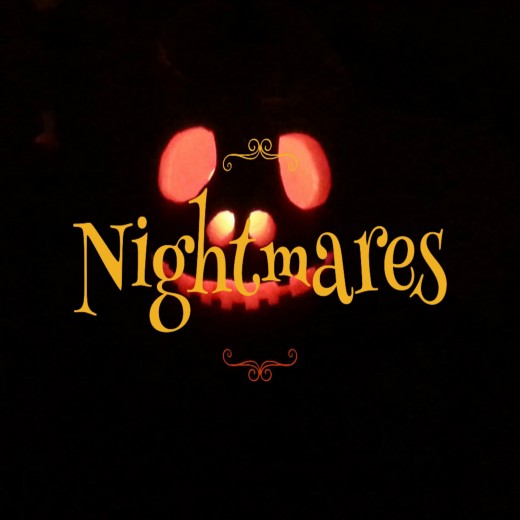
Nightmares
Nightmares are incredibly common during childhood, with most children suffering at some point although they are more common in girls than boys. Nightmares are a form of a vivid dream and as such, they occur in REM sleep. They often start at around two years of age and reach a peak between the ages of three and six. Children experiencing nightmares are very likely to wake up and need your help to calm them and help them return to sleep. Children will often remember the theme of their nightmares and can describe them in great detail. Nightmares commonly occur towards the end of a night's sleep as morning approaches and are linked to anxiety and most commonly watching scary television programs. The most obvious course of action is to try to work out the cause and if possible remove it from the child's life. Allowing your children into your bed after they have woken from a nightmare is up to you, however, this is a time when they need your reassurance and constant physical presence the most. You could also read them stories that talk about their fears in the hope of lessening nightmares through the safe medium of storytelling.
Children And Night Terrors
However, you respond it is important to realize that the child's night terrors are very different to nightmares and are relatively rare affecting around three percent of children.They occur during the last stages of NREM sleep which means that affected children are very difficult to wake during an episode and they will have no memory of the night terror when they wake up. During a night terror, a child can appear to be awake often with their eyes open while thrashing around and talking but they are very much asleep. Night terrors can last anything from a minute or two up to fifteen minutes and most commonly appear in the earlier part of the night, before midnight. However despite the name they can also occur during daytime naps. The most common time of onset is around three years of age although they can start earlier and in contrast to nightmares, this tends to affect more boys than girls. Night terrors can be incredibly distressing for parents but take heart from the fact that your child will have no memory of the events.
The most important response is to ensure that your child is safe and cannot hurt himself then try and calm him down but do not be surprised if this has little effect as often it is a case of letting the terror run its course. If there is a pattern to the child's night terrors waking the child around ten to fifteen minutes before the night terror usually starts and keeping them awake for five minutes, before allowing them to return to sleep. The process should be repeated each evening until the terrors are extinguished.There is no single known cause of night terrors.
Sleepwalking
Sleepwalking is fairly common and it is thought that up to a third of all children will sleepwalk at some point, with the most common age of onset being between three and seven years of age in children. Nobody is really sure what the cause of sleepwalking is but there seems to be a genetic link and if you sleepwalk yourself then your child is more likely to do so. Despite the name some children do not actually walk around when sleepwalking. Some may just sit up in their bed and in most cases the child's eyes will be open. Although it tends to be obvious that they are not awake as they will appear to look straight through you. Episodes of sleepwalking occur during the deepest phase of sleep and tend to last for between one and ten minutes. At the end of the episode, most children will return to bed and seem to fall back to sleep although they have never really been awake in the first place. They are unlikely to remember their sleepwalking in the morning. Most children will grow out of sleepwalking naturally and there is not any specific treatment beyond making sure that your child is safe.
If your child is a sleepwalker it is better not to use a mid sleeper which is a bed with drawers or a play area underneath bunk or cabin bed, and you might consider fitting a fence at the top of the stairs to make sure they do not fall down them when on their travels. As alarming as it may be to witness your child sleepwalking, it is very common and nothing to worry about once you have ensured your child's safety.
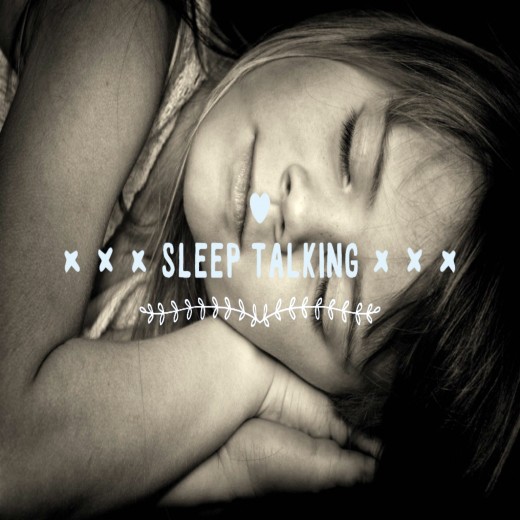
Sleep Talking
Sleep talking is similar to sleepwalking in that it is fairly common and nothing to be alarmed by. Up to fifty percent of children talk in their sleep at some point and is usually between three and seven years old. Each episode can last anything from just a few seconds up to around a minute or more and as with sleepwalking it occurs in the deepest phase of sleep. Sometimes the child will appear to talk complete nonsense and at other times they can be very eloquent and may appear to be holding a conversation with you. Sleep talking appears to run in families and affects boys and girls equally. There is no treatment for sleep talking so the aim is to keep the disruption to the rest of the family to a minimum for instance old siblings sharing the same room if one is a sleep talker. Children usually grow out of sleep talking although ten percent of adults still talk in their sleep.
Bed Wetting
Bed wetting is incredibly common and a natural part of childhood in most cases. It is perfectly normal for children to sleep in nappies at night until they are at school, sometimes right up to seven years of age although in our society there does seem to be a bit of a fixation on children being dry at night very early on. Estimates of the incidence of bedwetting indicate that around ten per cent of two years old will be reliably dry at night, rising to twenty percent at age three and around eighty percent at age five. This means that around a quarter of all children will still wet the bed with some regularity. Bed wetting is slightly more common in boys than girls. Most medical professionals do not consider bedwetting a problem until seven years of age.
How Much Sleep Does My Child Need
Every youngster is an individual and what works for one may not work for another. Regardless of what you do, he will rest when he is ready and that is perfectly fine. What works for your family may not work for somebody else. Simply accept circumstances for what they are. You will make yourself insane attempting to constrain an example that is not there. It is much less demanding to manage that you simply acknowledge what is as opposed to stressing over what you think ought to be. It is totally down to the particular kid.



